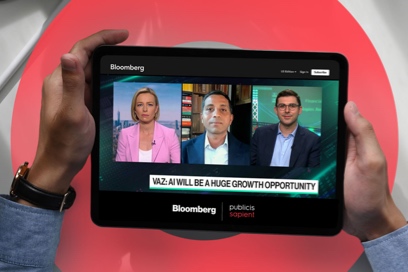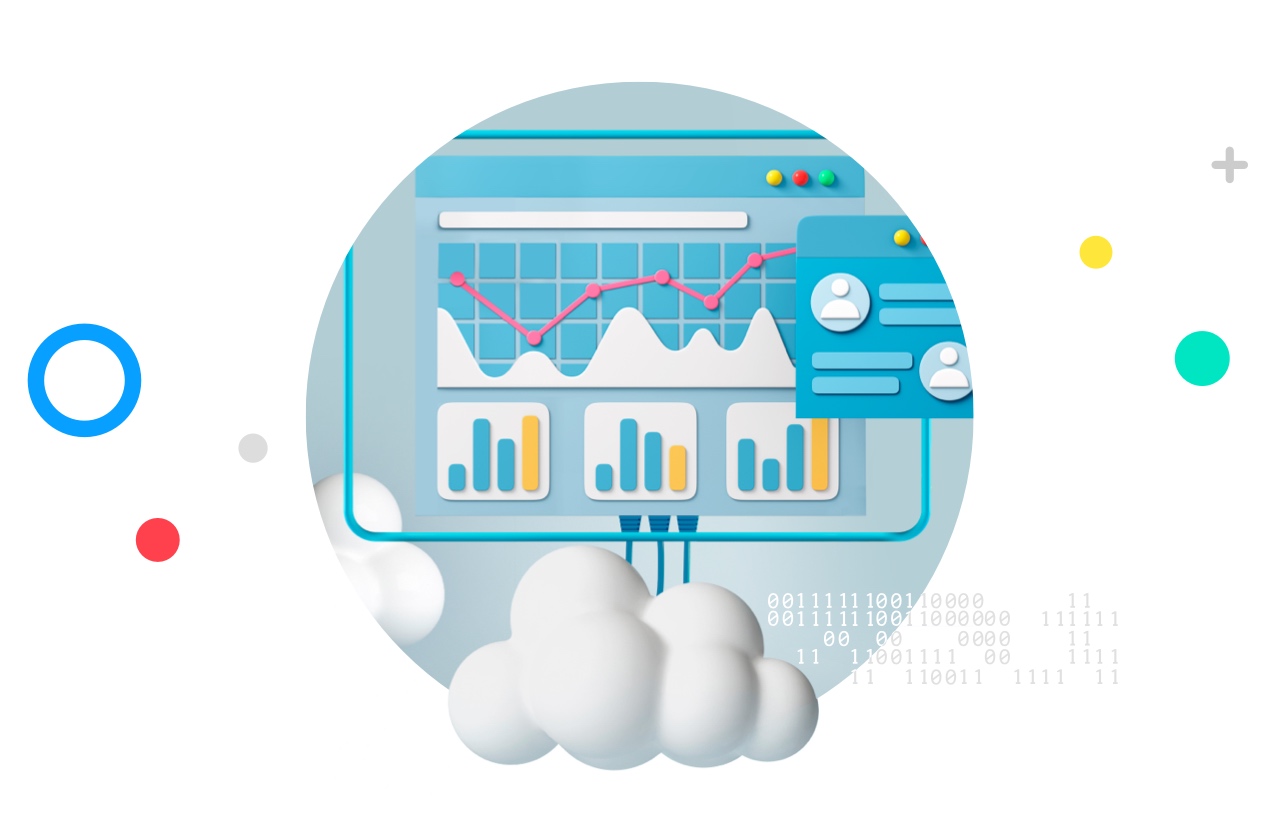Financial services firms are feeling tremendous pressure to deliver dynamic growth in 2021. The realities of COVID-19’s economic impact – low interest rates, loan defaults, new claims, etc. – pose a threat to banks and insurance companies. Meanwhile, fintechs have increased customer demand for new, enriched experiences.
In collaboration with the Financial Times, experts from leading digital transformation and insurance companies – Publicis Sapient, Google Cloud, Travelers Insurance and Western Union – explored how firms in this space can stay competitive and even prosper during trying economic times.
We see an exciting opportunity for banks and insurers to reimagine their business and operating models. By accelerating technological development and leveraging data, they can position themselves to truly thrive once the still-fragile economy roars back. In total, we have identified seven ways banks and insurers can power dynamic growth with data.
























